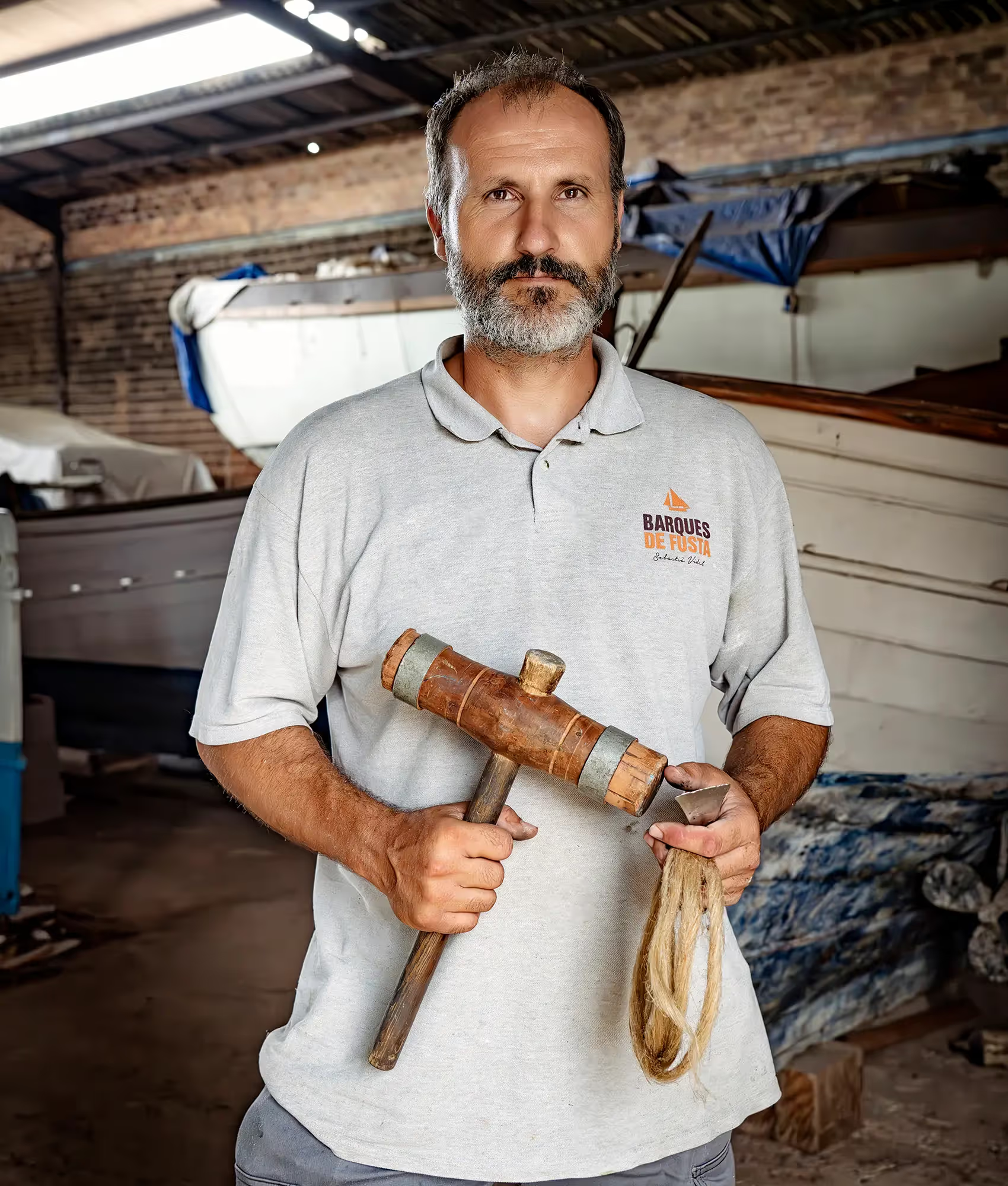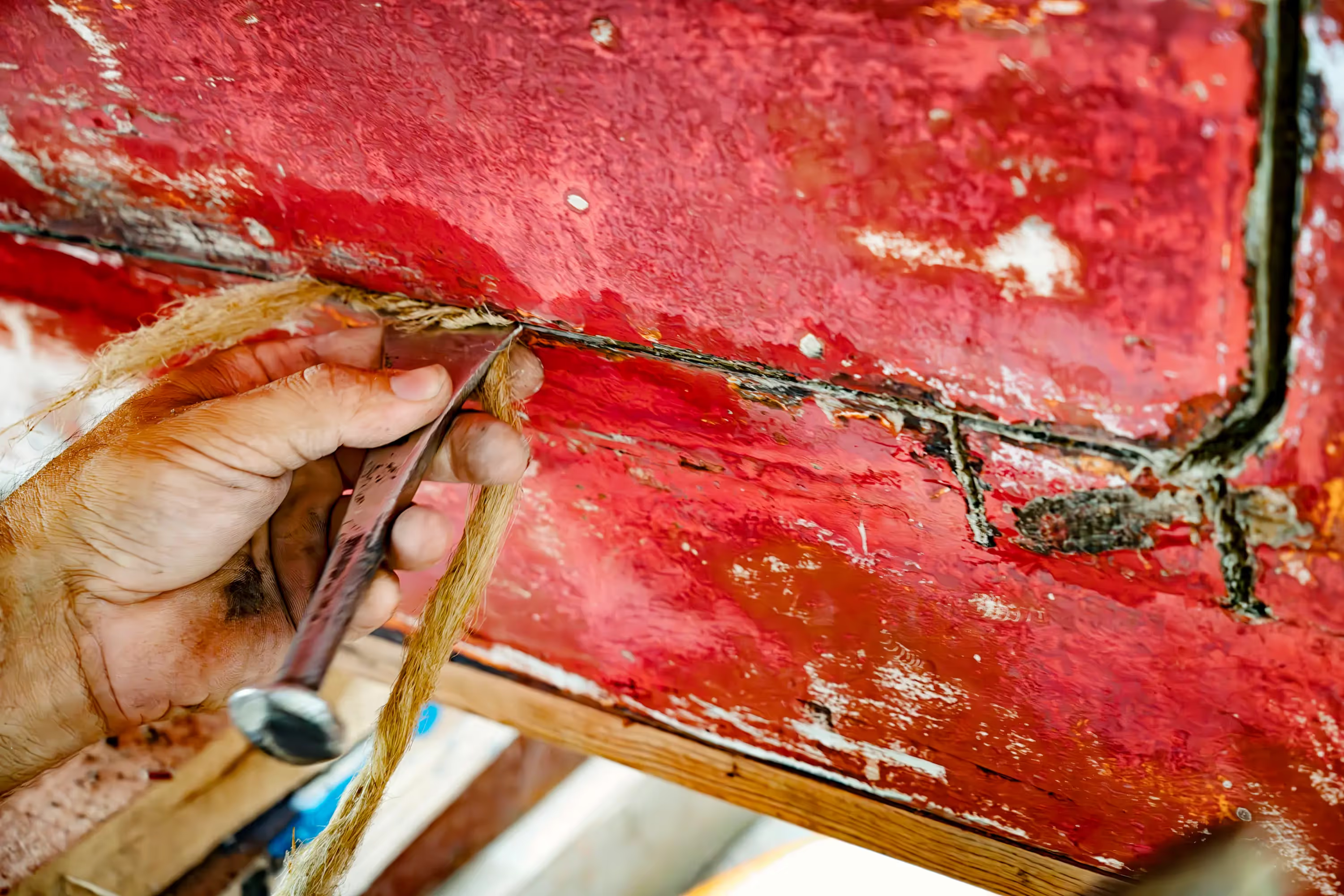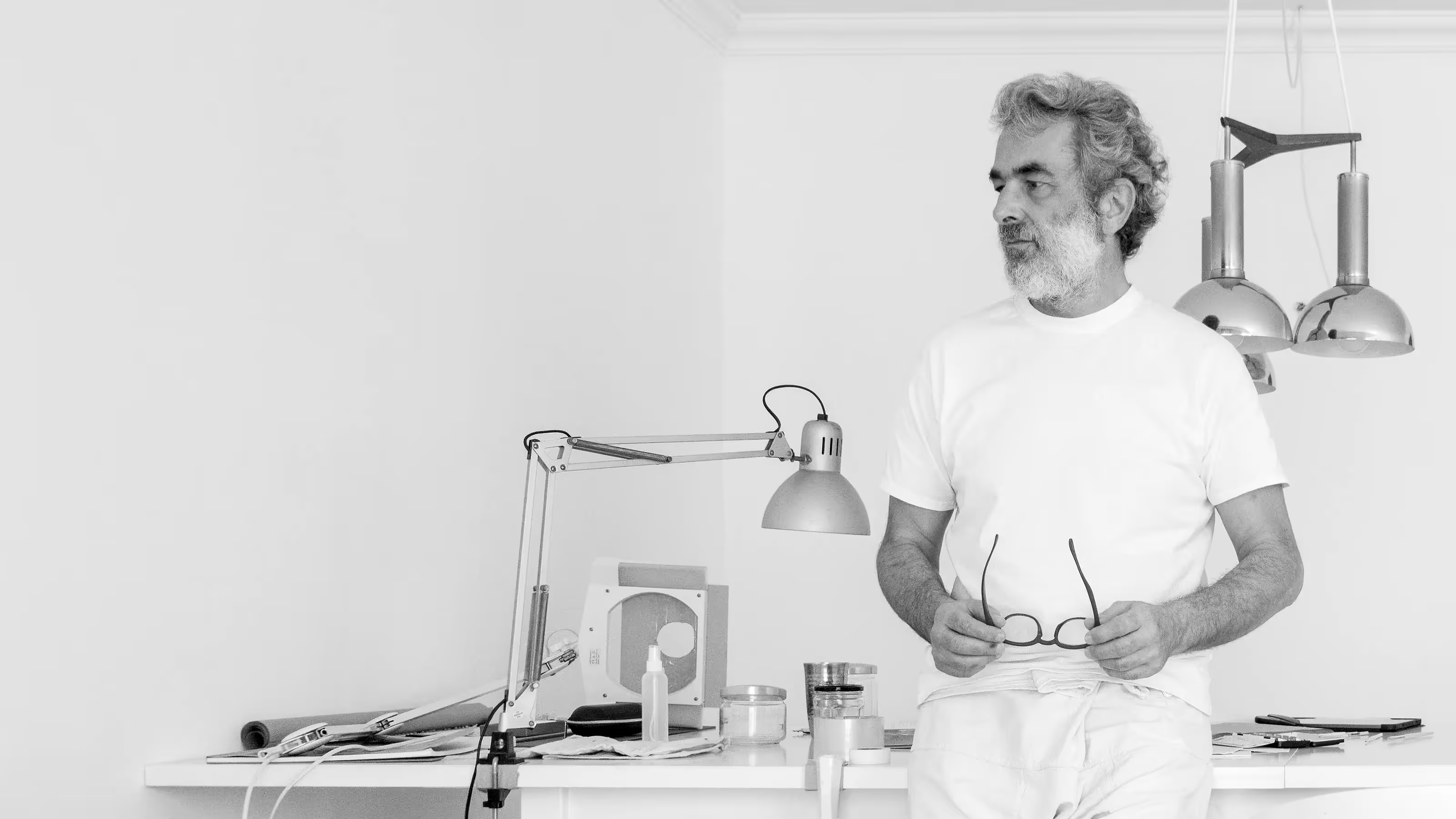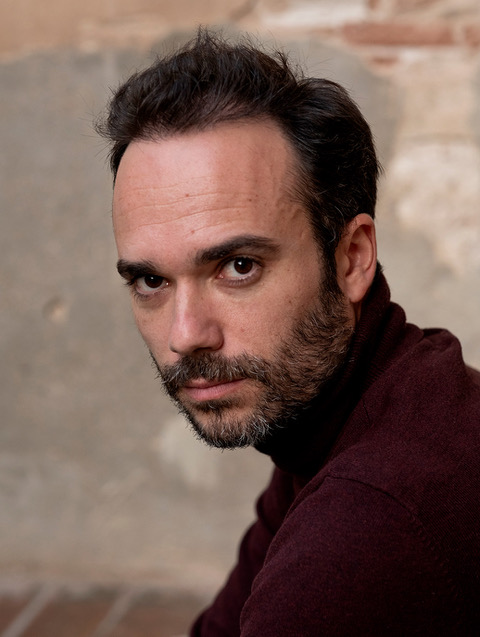
I don’t remember an exact date or a specific reason for choosing this profession. Maybe it was because, as a child, I used to spend summers in Portopetro, by the sea. I always liked boats, even before I knew what they were made of. I actually chose wood before I realised other materials such as metal or fiberglass existed. Since I was little, even without fully understanding what a boat was, I already felt that I wanted to build them.


Our philosophy is to carry on the culture and tradition of wooden boatbuilding, whether with typical models from the islands or from elsewhere including llaüts, skiffs, rowboats, sailboats and wooden motorboats. Our goal is to keep this heritage alive while gradually incorporating the modern aspects of our craft such as new working systems, materials, finishes and designs, so we can adapt to what’s coming.
Our work revolves around the sea, everything we do is designed with it in mind. So, it’s extremely important to us, and its well-being is essential. We hope it remains a healthy, living sea so that we can continue observing it, understanding its rhythms and adapting to its movements and changes. Because for us, the sea is not just our work environment, it’s also a constant source of enjoyment and deep connection.



I believe the most important lessons only come with experience, you can’t learn just by studying. It’s about knowing and communicating with the wood, understanding what it needs, how to bend a piece. Knowing which type of wood allows for certain shapes and which doesn’t. Learning to listen to it, to know what it’s asking for. No one can teach you that directly. It’s something you must internalize yourself. It’s a form of learning that comes with practice and sensitivity developed over time. Once you grasp it, your view of the work changes completely, because you begin to understand the process and the materials on a much deeper level.
We maintain traditional aspects and adapt modern ones based on what the client wants. For instance, caulking, it’s a method of sealing the hull with natural fibre versus modern methods using silicone, glue or resins. You must adjust because the nautical world is changing, and boats and finishes are becoming more demanding. Sometimes we use contemporary techniques to make boats lighter and more agile, even if the design remains classic. It’s all about achieving the desired result. That’s part of our job, adapting to client needs and market innovations.
What makes wooden boats special is their ability to survive. You can replace parts, modify them and even make them “eternal,” because they can always be restored. There are boats over 100, 150, even 200 years old that are still sailing. Of course, they may not retain many original parts, but they’re still working. Wood adapts very well to water, and the designs, although old, have been refined over time to improve stability and navigation. They have their pros and cons, but in terms of safe navigation, stability and durability, wooden boats are the best.
The projects we enjoy most are new constructions, designing and building a boat from scratch. A new one is always the most cherished, because you put in the most passion, and it’s also the toughest. If you don’t put your heart into it, it’s hard for it to turn out well. The others are also beautiful projects and always present new challenges. Personally, I like building sailboats, classic or light sailing boats. As for older projects, we’ve rebuilt traditional boats like the Pastero, a rowboat for coastal fishing that hadn’t been made in years. We’ve also worked on full restorations like the Reina del Mar in Ibiza, a long-term project that we’re now finishing. We’ve also crafted special pieces for museums.
The most complete and complex restoration we’ve done was the latest one of the Reina del Mar, a 16-metre boat that had been used as a freighter, transporting materials. The client wanted to transform it to carry passengers and operate as a charter boat. We designed and planned the entire interior from scratch, calculating stability, arranging machinery and tanks, designing sails… Everything was measured to the millimetre. The clients wanted 12 beds in a 16 x 4.5-metre space, plus a bathroom, kitchen and salon. It was an intense design process. Then came construction, using traditional techniques like steam bending and classic materials including lots of bronze and old woods. The parts were large and heavy, so we needed a big team to carry out the project. The restoration took years, partly due to client decisions and budget.
Traditional boatbuilding in Mallorca stopped declining years ago and has since remained stable. Some seasons have more or less demand, but the downward trend has halted. We offer traditional-style boats built in wood, using mostly modern systems while staying true to our essence. Boats with lower maintenance and more attractive prices sell well, helping us stay competitive in the market. To get good feedback from the market and stay relevant, we need to adapt and design boats that align with current trends, modern designs that reflect today’s demands. If we only built traditional boats using old systems, demand would decline.
I hope to see people with similar visions and intentions, with the same passion to create and develop their own paths, methods and boats. Because in the end, I’m a reflection of those who taught me. Thanks to them, I’m here, and through me, they remain present. It’s a cycle. That’s why I think the best way to leave a mark is to do things well and generously share what you know, so others can absorb it, transform it and create something new from their own vision. For me, that would be the most authentic way to keep your essence alive, to be the seed of what’s to come.











